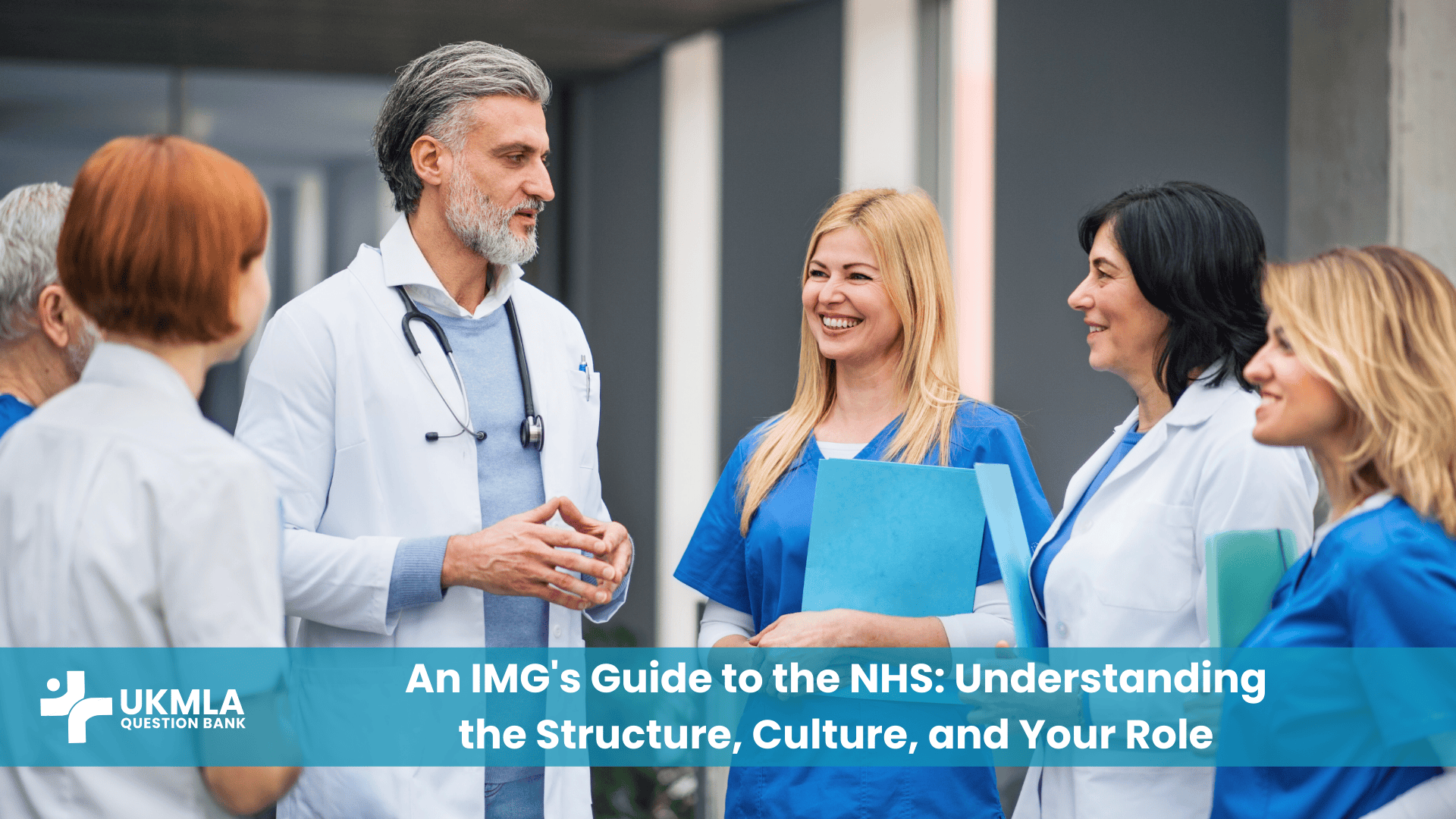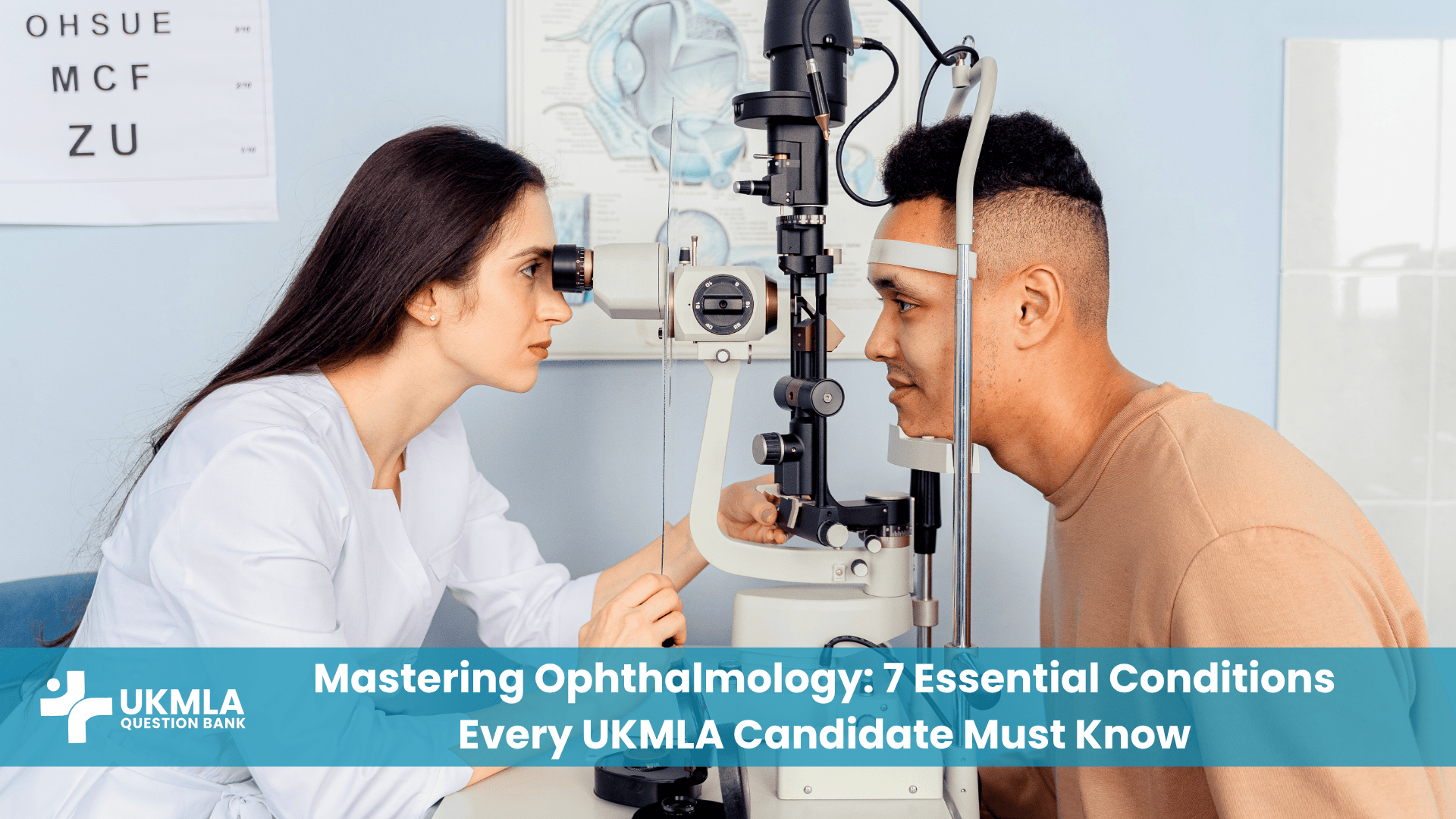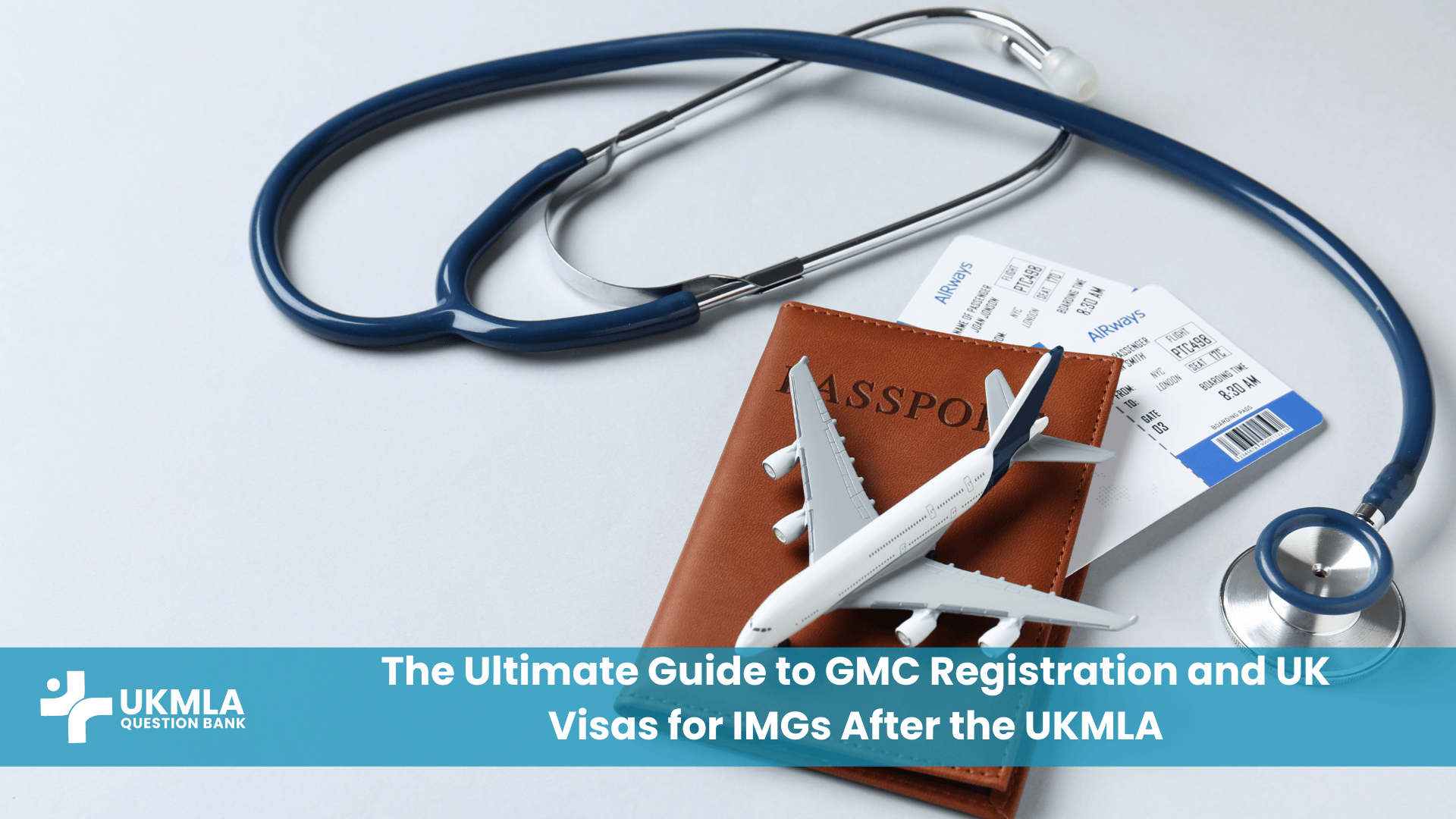Introduction
An nhs guide for imgs is an essential tool for a successful transition into the UK’s unique healthcare system. After navigating the complexities of the UKMLA and registration, understanding the environment you are about to enter is the next critical step. The National Health Service (NHS) is more than just a healthcare provider; it’s a national institution with its own distinct principles, structure, and culture, which can be very different from the system in your home country.
This guide is designed to be your comprehensive introduction to the NHS. We will break down its core principles, explain the structure, clarify your role within the large multidisciplinary team, and offer insights into the nuances of UK clinical practice and culture. Mastering this knowledge will not only help you adapt more quickly but will also enable you to provide the best possible care for your patients from day one.
Table of Contents
ToggleAn nhs guide for imgs: Your 5-Point Overview
To truly understand the NHS, we will break it down into five key areas. Mastering these points will provide you with a solid foundation for your first day on the wards.
Point 1: The Core Principles of the NHS
To understand the NHS, you must first understand the philosophy it was built on. These core principles, enshrined in the NHS Constitution, influence every aspect of care delivery. The foundational principle is that the NHS provides a comprehensive service, free at the point of use. Established in 1948, it was designed to provide care based on clinical need, not on an individual’s ability to pay. For doctors practicing within this system, this principle underpins the concept of providing equitable care to all patients, regardless of their background.
While some services like prescriptions in England and certain dental care may have charges, the vast majority of care, from a GP visit to major surgery, is funded through general taxation. This core value is a key part of the professional standards you will be expected to uphold, a theme explored in our guide on UKMLA professionalism and patient safety. The NHS is not a single entity but a collection of health services in the four nations of the UK, each with its own management, but all adhering to this central philosophy.
NHS Constitution Principle: “The NHS provides a comprehensive service, available to all irrespective of gender, race, disability, age, sexual orientation, religion or belief.”
Point 2: The Structure of the NHS
The NHS is not one single organisation but a complex system of multiple bodies. For a detailed official overview, the NHS England “About the NHS” page is an excellent resource. The system is best understood by its different levels of care.
Primary Care is the first point of contact for most patients. It is delivered mainly by General Practitioners (GPs) in local surgeries. GPs are expert generalists who manage common conditions, provide preventative care, and act as “gatekeepers” to more specialized services. Secondary Care refers to specialist care provided in a hospital setting. When a GP refers a patient to a hospital to see a cardiologist or a general surgeon, that patient is receiving secondary care.
This includes outpatient clinics, inpatient wards, and emergency departments. Hospitals are typically managed by an NHS Trust, which is your employer. Tertiary Care is highly specialized, complex care for specific conditions, which is usually provided in larger, regional centres. Examples include neurosurgery, advanced cancer treatments, and transplant services.
Point 3: The People – Your Role in the Multidisciplinary Team (MDT)
Medicine in the UK is a team sport. The concept of the Multidisciplinary Team (MDT) is central to how the NHS functions. As a junior doctor, you are a key part of this team, but you must understand and respect the roles of your colleagues to work effectively.
The medical hierarchy in the UK is quite structured. As a new doctor, you will be a Foundation Year 1 (F1) doctor. You will be supervised by Foundation Year 2 (F2) doctors, Specialty Trainees (ST/Registrars), and ultimately, a Consultant, who is a senior doctor who has completed all their training and is a specialist in their field. Your role as an F1 is to learn, carry out day-to-day patient care under supervision, and always know when to escalate concerns to a senior member of the team. However, doctors are only one part of the team.
Table 1: Key Roles in the NHS Multidisciplinary Team
| Role | Description |
| Nurses | Provide the majority of direct patient care, administer medications, and monitor patients. Specialist nurses often run their own clinics. |
| Pharmacists | Experts in medication. They review prescriptions for safety, advise on drug interactions, and counsel patients on the ward. |
| Physiotherapists | Focus on restoring movement and function after illness or injury, playing a key role in rehabilitation. |
| Occupational Therapists | Help patients perform daily activities (activities of daily living) to enable them to live as independently as possible after discharge. |
| Healthcare Assistants (HCAs) | Support nurses with fundamental patient care, such as personal care, taking vital signs, and ensuring patient comfort. |
| Dietitians | Assess and manage patients’ nutritional needs, which is crucial for recovery from illness and surgery. |
Point 4: The Practice – Navigating UK Clinical Standards
Clinical practice in the UK is heavily guided by national, evidence-based standards to ensure consistency and quality of care across the country.
The UK places a huge emphasis on Evidence-Based Medicine (EBM). You will be expected to justify your clinical decisions based on the best available evidence. The primary source for this is the National Institute for Health and Care Excellence (NICE). NICE produces guidelines on the diagnosis and management of hundreds of conditions, and their recommendations are the standard of care that you will be expected to follow. If you deviate from NICE guidance, you must have a clear and well-documented reason for doing so. This principle of following national guidance is a core tenet of UK practice and something assessed in the UKMLA.
Point 5: The Culture – Communication and Patient Expectations
Adapting to the cultural nuances of UK medical practice is one of the biggest challenges for many IMGs.
Communication in the NHS is generally less hierarchical and more collaborative than in many other countries. First names are often used between colleagues of all seniorities. Clear, structured communication is vital, especially during handover, the process of transferring patient care from one team to another (e.g., at the end of a shift). Using a structured tool like SBAR (Situation, Background, Assessment, Recommendation) is standard practice.
Patients in the UK are generally well-informed and are encouraged to be active partners in their own care through a process of shared decision-making. You are expected to explain things in clear, jargon-free language, discuss all reasonable treatment options (including the option of no treatment), and respect the patient’s final decision. For doctors coming to the UK for the first time, the GMC’s “Welcome to UK Practice” tool is an invaluable resource for understanding these cultural expectations. This journey starts with your UKMLA preparation as an IMG.
Frequently Asked Questions (FAQ) about the NHS for IMGs
An NHS Trust is an organisation that runs a hospital or a group of hospitals in a particular area. When you get a job in an NHS hospital, the Trust is your official employer.
While the core principles are the same, the day-to-day management and structures of the NHS in England, Scotland, Wales, and Northern Ireland are separate and can have minor differences in policy and practice.
GPs are the foundation of the NHS. They are the first point of contact for patients and manage a huge range of common physical and mental health problems in the community. They also act as gatekeepers, referring patients to specialist hospital services only when necessary.
As a Foundation Doctor, you will typically rotate through different specialties (e.g., General Medicine, Surgery, Paediatrics) in 4 or 6-month blocks over two years. This is designed to give you a broad base of experience.
Revalidation is the process by which all licensed doctors in the UK have to demonstrate every five years that they are up to date and fit to practice. It involves an annual appraisal based on a portfolio of supporting information.
Yes, meticulous documentation is a very important part of UK medical practice for reasons of patient safety, communication, and medico-legal protection.
A “bleep” or “pager” is a communication device that many junior doctors carry. When another healthcare professional needs to contact you urgently, they will call your bleep number, and you then call them back.
Very important. They are considered the standard of care. In any exam or real-life situation, if there is a relevant NICE guideline, you are expected to know and follow it.
Many IMGs report that the emphasis on shared decision-making, patient autonomy, and open, collaborative teamwork are the biggest cultural shifts compared to more hierarchical systems in their home countries.
The best preparation is to familiarize yourself with the GMC’s “Good Medical Practice” guidance and read about the structure of the NHS (like in this guide!). The process of GMC registration for IMGs after the UKMLA is also a key part of this journey.
Conclusion
Transitioning into the NHS as an International Medical Graduate is a challenging but incredibly rewarding experience. The system’s strength lies in its dedicated multidisciplinary teams and its unwavering commitment to providing high-quality care to all. While your clinical knowledge has been proven by the UKMLA, taking the time to understand the principles, structure, and culture of the NHS is what will allow you to truly thrive.
Embrace the emphasis on teamwork, evidence-based practice, and patient-centered communication. Don’t be afraid to ask questions, learn from your colleagues in all roles, and use the official GMC and NHS resources to guide you. By doing so, you will not only adapt successfully but also become a valued and effective member of your new team, ready to make a positive impact on the lives of your patients.




